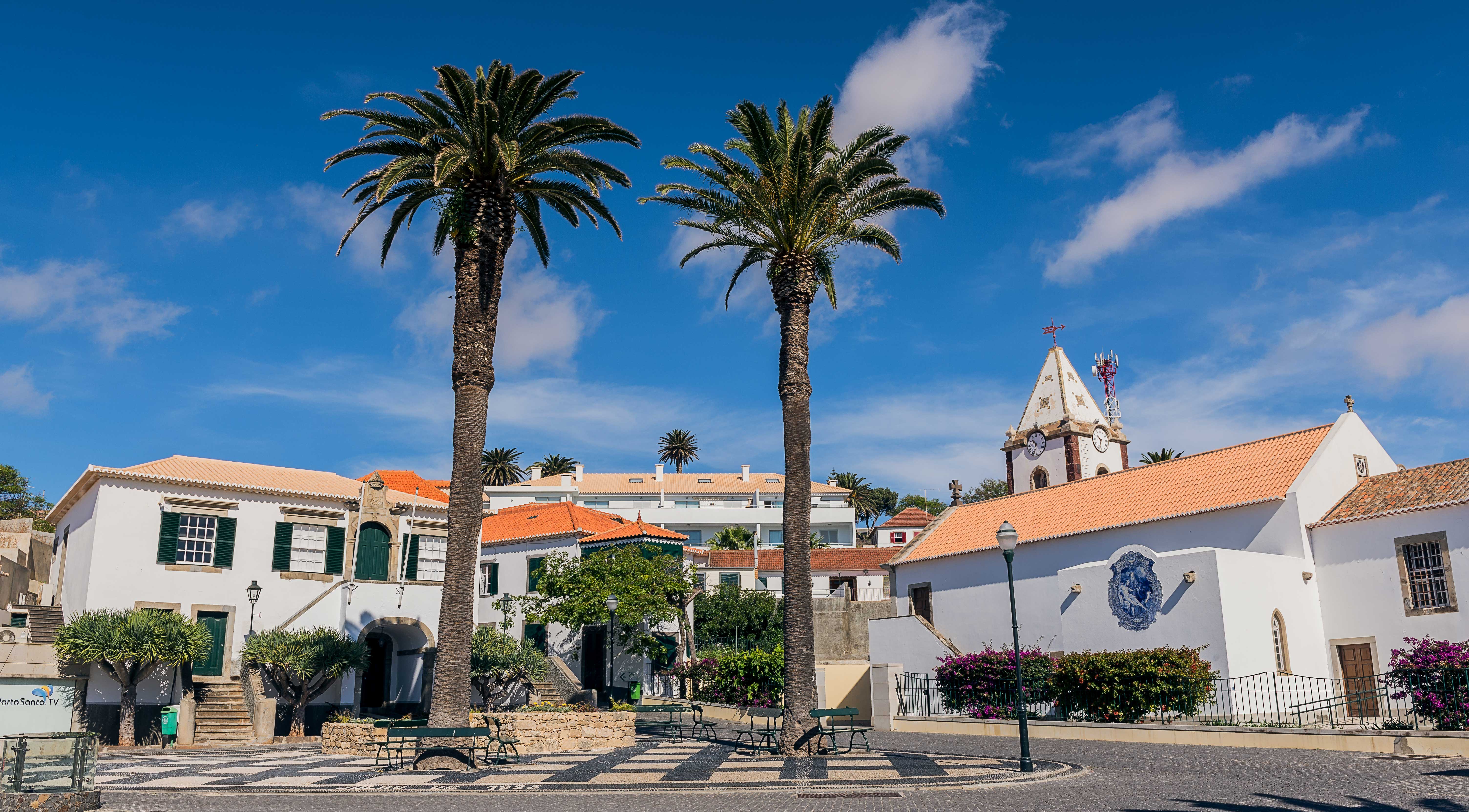The first chapter of the great adventure of Portuguese discoveries took place in the Madeira archipelago, in the island of Porto Santo.

This article contains suggestions which are meant to inspire you for the day when travel and movement restrictions are lifted. For now, please cooperate with the authorities by staying at home. Help the World to defeat Covid-19!
According to legend, in 1418, Portuguese sailors João Gonçalves Zarco and Tristão Vaz Teixeira were taken off course because of a vicious storm and ended up finding an island which they named Porto Santo, literally meaning ‘holy harbour’.
Bartolomeu Perestrelo was the recipient of the first captaincy of the island and it was one of his daughters, Filipa Moniz, who married Christopher Columbus, who lived in Porto Santo between 1479 and 1481. It is said that it was there that he deepened his knowledge of navigation and cartography which allowed him to prepare the voyage he would make to America.
Nowadays, the house where he supposedly lived for a while, in the town centre, has been recuperated and hosts a small but very interesting museum. The building integrates a set of constructions, standardised by later works, the oldest element of which, dating back to the 16th century, is a wall of the main building where there are two gothic windows.
The isolation of olden days and the sturdiness of its construction contributed to the difficulties faced by the people of Porto Santo. The weather, long drought periods, led to a shortage of cereal and a consequent decrease in the fertility of the soil, allowing for very little income to be generated. Isolation also favoured sacks by pirates and corsairs who would ravage many buildings and kidnap their inhabitants. Recall how the first real fort, the fort of São José, was only built at the end of the 18th century, the time of the Marquee of Pombal. For a long period of time, the island had almost no defences.
A prime example of edified heritage is the area called Largo do Pelourinho where one can still find examples of period buildings such as the Mother Church, the order for the construction of which was given in 1430, known to locals as the Church of Nossa Senhora da Piedade. It was destroyed in a corsairs’ attack in 1667. There is also the aforementioned Columbus House Museum.
From more recent times, there is the old Town Hall building, already from the 18th century (1756), the Porto Santo – Public Administration building, from the 19th century, Mansion, from the 18th century where the Baiana restaurant was, which took away the ground floor of the original building, where the justice court is nowadays. This required transformations which were made so that only the west and south facades of the original building remain.
Already in this century there have been interventions, the Civic Centre of Porto Santo, which allowed the creation of a pedestrian connection between streets Rua Silvestre Teixeira and Rua Cristóvão Colombo, comprises two buildings where the Cultural and Congress Centre and the Public Services Building of Porto Santo are located.
And we cannot close without mentioning the project for the Vila Baleira primary school (1959), by architect Chorão Ramalho, the windmills of Porto Santo, an icon of the island’s landscape for a long time, the not very well-known salon-houses, a typical house in Porto Santo which required an unusual construction technique, clay roofs, more common in the Canary islands, and an industrial sort of building, the Porto Santo waterworks, from 1992, where the island’s water was bottled.
Article written in April 2018. (Issue no. 67, April/May)














